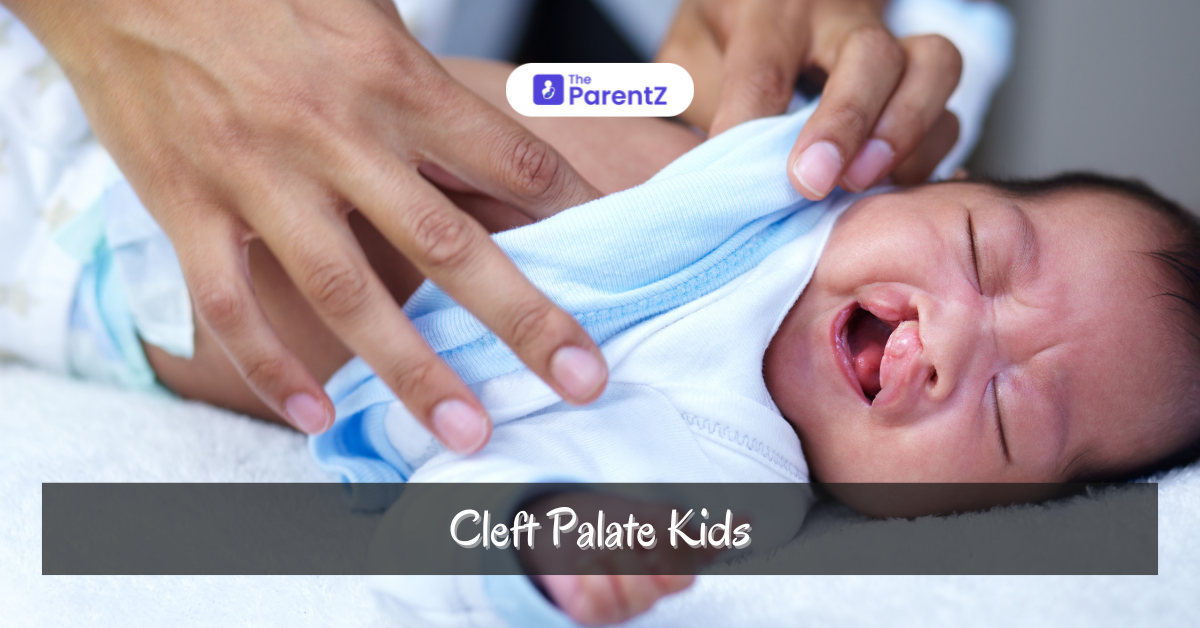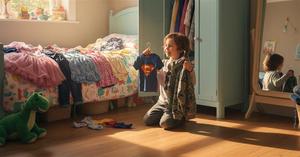A cleft palate is a congenital condition where a baby’s mouth does not form correctly during pregnancy, leading to an opening in the roof of the mouth. This condition can affect feeding, speech development, and overall oral health. Treating cleft palate early in life is crucial for optimal growth and development. Fortunately, with modern surgical techniques and post-surgery care, children born with a cleft palate can lead healthy and happy lives.
Types of Cleft Palate
- Incomplete Cleft Palate: Only a part of the roof of the mouth is open.
- Complete Cleft Palate: Both the front and back parts of the roof are open.
Importance of Early Treatment
Early intervention ensures that feeding, speech, and overall oral development are not compromised. Most cleft palate surgeries are performed when the child is between 6 to 12 months old, allowing for proper bone and tissue development. Early treatment also prevents potential complications, such as ear infections, hearing loss, and dental problems.
Treatment Options
1. Surgical Repair:
- Primary Palatoplasty: This is the initial surgery to close the cleft in the palate, typically performed within the first year. The surgeon reconstructs the palate using tissue from both sides of the cleft.
- Speech Surgery: In cases where speech problems persist after the primary surgery, further surgery may be needed to improve the function of the palate.
- Bone Grafting: If the cleft extends to the upper jaw (alveolar ridge), a bone graft may be required to support teeth development and stabilize the upper jaw. This is usually done when the child is between 6 and 9 years old.
2. Orthodontic Treatment:
- As the child grows, orthodontic care may be required to correct misaligned teeth. Braces and other orthodontic appliances help align teeth and ensure proper bite function.
3. Speech Therapy:
- Many children with cleft palate require speech therapy to improve speech clarity. Working with a speech-language pathologist helps children develop the necessary skills to articulate words correctly.
4. Hearing Treatment:
- Cleft palate children are prone to ear infections, which can lead to hearing problems. Regular monitoring and interventions, like ear tubes, help prevent complications related to hearing loss.
Post-Treatment Care
After cleft palate surgery, it is essential to monitor the child’s healing and developmental progress. Regular check-ups with a multidisciplinary team, including surgeons, dentists, orthodontists, and speech therapists, are crucial to ensure that the child continues to thrive. Maintaining good oral hygiene and scheduling frequent dental visits are also vital to avoid infections and ensure proper tooth development.
Conclusion
Cleft palate treatment in kids involves a multidisciplinary approach, including surgical repair, orthodontics, speech therapy, and hearing care. Early intervention and ongoing post-treatment monitoring are key to ensuring the child’s successful development. With timely care and support, children with cleft palates can lead healthy, fulfilling lives.









Be the first one to comment on this story.